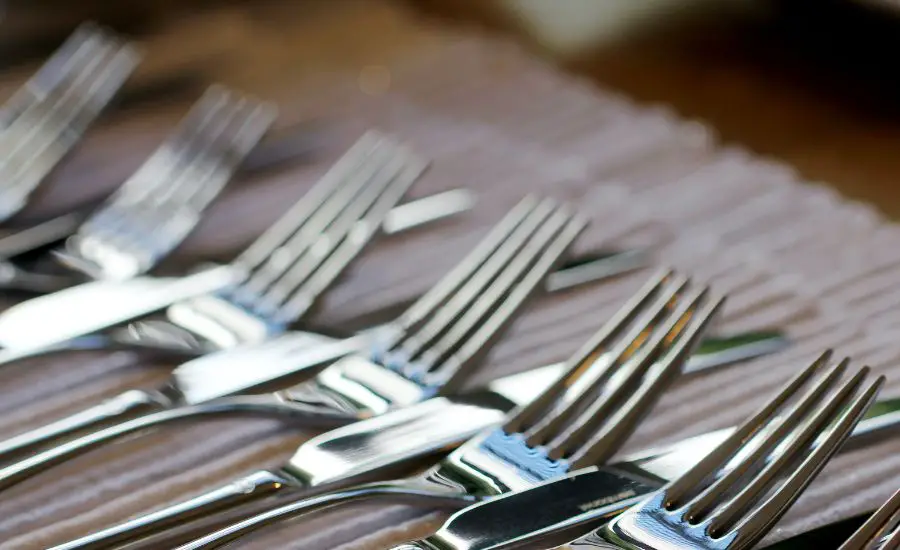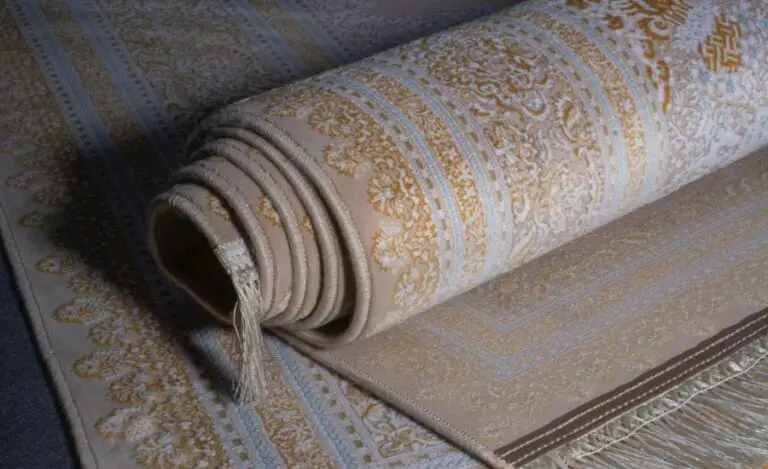How to make stainless steel nonstick?
Stainless steel pans are a popular choice for cooking due to their durability and heat distribution properties. However, one of the downsides of using stainless steel pans is that they can be prone to sticking. As a result, it can make cooking certain dishes difficult and can also make cleaning the pan a hassle.
In this blog post, we will discuss several methods for making stainless steel pans non-stick. It’s about time you can enjoy all the benefits of cooking with stainless steel without the hassle of dealing with stuck-on food.
Without any further ado, let’s dig in…
3 Best Ways To Make Your Stainless Steel Pan Non-stick
After weeks of research and trial and errors, we’ve finally found the 3 best ways to do it! Have a look…
- The first method for making stainless steel pans non-stick is to properly season the pan before use. Seasoning a pan involves coating it with oil and heating it up to a high temperature. This creates a thin layer of polymerized oil on the surface of the pan, which helps to prevent food from sticking.
To properly season a stainless steel pan, you will need to heat the pan up on the stove until it is hot. Then, add a small amount of oil (such as vegetable or canola oil) to the pan. Now, use a paper towel to spread it evenly over the surface.
Once the oil has been evenly distributed, place the pan in the oven at 350-400 degrees Fahrenheit for about an hour. Allow the pan to cool completely before using it for the first time. Repeat this process a few times to build up a good layer of polymerized oil.
- Another method for making stainless steel pans non-stick is to use a non-stick cooking spray before cooking. This can be a quick and easy solution for preventing food from sticking. However, it should be used not very often.
This is because it can build up over time and make the pan difficult to clean. When using a non-stick cooking spray, be sure to use a light coating. Also, avoid using sprays while cooking that involves flour or other ingredients that can burn or smoke at high temperatures.
- Lastly, the third way to make stainless steel pans non-stick is to use a cooking oil with a high smoke point, such as avocado or grapeseed oil. These oils are able to withstand high temperatures without breaking down or smoking. This can help to prevent food from sticking to the pan.
Additionally, these oils contain monounsaturated fats which are healthy for cooking.
Things to remember while making your stainless pan non-stick
An important factor to consider when trying to make stainless steel pans non-stick is the temperature of the pan. Stainless steel pans should be heated up gradually, rather than being placed on high heat immediately. This helps to prevent the warping of your pan. Also, this allows the pan to heat up evenly, which can help to prevent food from sticking.
Additionally, using utensils made of wood, silicone or nylon can help in preventing the stainless steel pans from getting scratched. So, they keep them non-stick for a longer period of time.
Finally, it’s also crucial to note that stainless steel pans, like any other pan, will naturally become less non-stick over time. It is especially more noticeable if they are not well taken care of.
To maintain the non-stick properties of a stainless steel pan, it’s important to clean it thoroughly after each use. Moreover, avoid using harsh cleaning products or abrasive sponges. If food does begin to stick to the pan, try using a gentle, non-abrasive cleaner, such as baking soda or vinegar, to remove it.
Should I season my stainless steel pan?
Seasoning a stainless steel pan can help to make it non-stick. But it is not necessary for all types of cooking. Seasoning a pan involves coating it with oil and heating it up to a high temperature, which creates a thin layer of polymerized oil on the surface of the pan. This helps to prevent food from sticking to the pan.
If you plan on cooking dishes that are prone to sticking, such as fried eggs or pancakes, then seasoning your stainless steel pan may be beneficial. Additionally, if you want to achieve a nice crust on your food, like a steak, seasoning the pan will help to develop a nice crust on the food.
However, if you plan on cooking dishes that don’t typically stick, such as soups or stews, then seasoning your stainless steel pan may not be necessary.
It’s important to note that seasoning a stainless steel pan should be done before the first use and periodically after that, as the coating may wear off over time. Also, it’s important to use oils with high smoke points, such as avocado or grapeseed oil, to season the pan as they are able to withstand high temperatures without breaking down or smoking.
In a nutshell, as we’ve already discussed, seasoning a stainless steel pan can be beneficial for certain types of cooking. But it is not necessary for all types of dishes. It’s a personal preference whether you want to season your stainless steel pan, but if you do, make sure to use oils with high smoke points and season it periodically.
In Conclusion
All in all, making a stainless steel pan non-stick takes a bit of effort and knowledge. What we’ve learned is that those stainless steel pans are a great choice for cooking, but they are prone to sticking.
By properly seasoning the pan before use, using a non-stick cooking spray, using oils with a high smoke point, heating the pan gradually, using appropriate utensils, and taking care of the pan, you can enjoy all the benefits of cooking with stainless steel without the hassle of dealing with stuck-on food.


